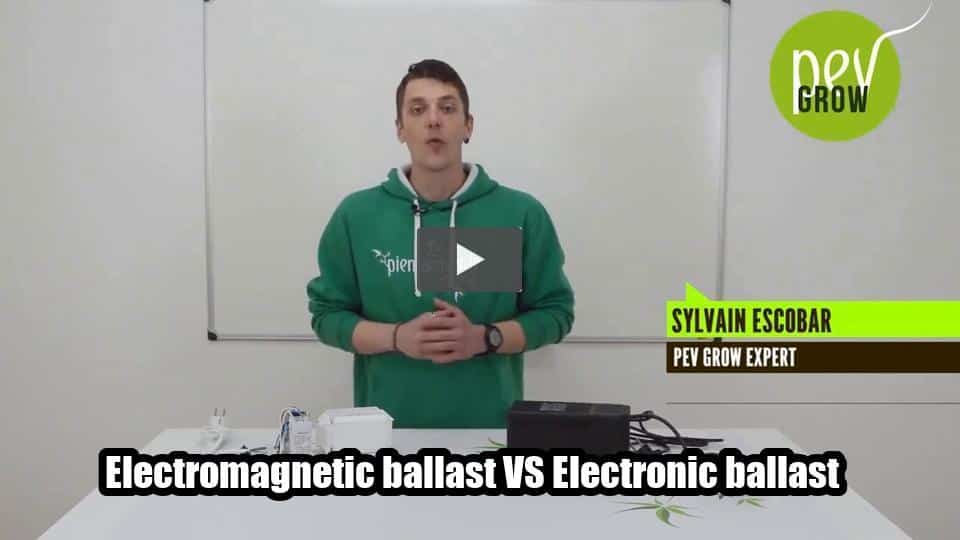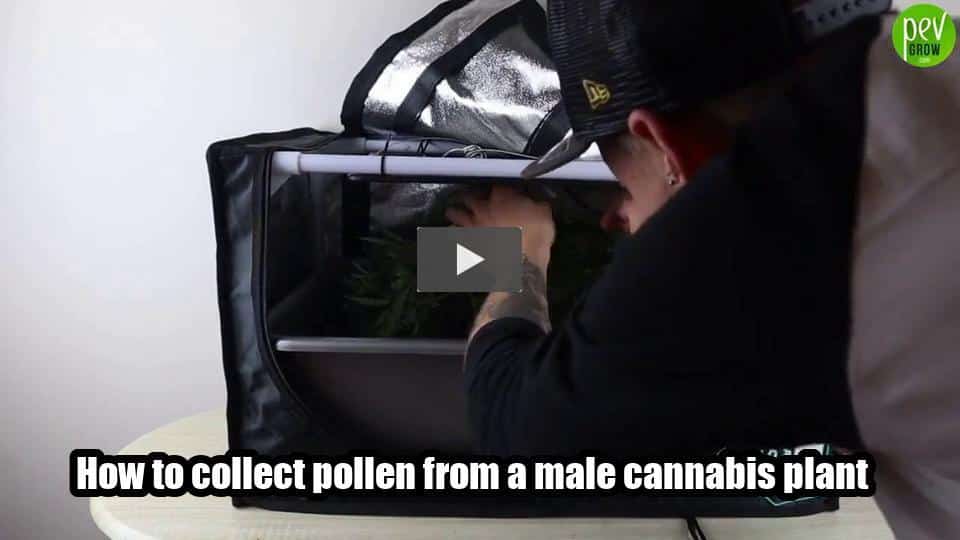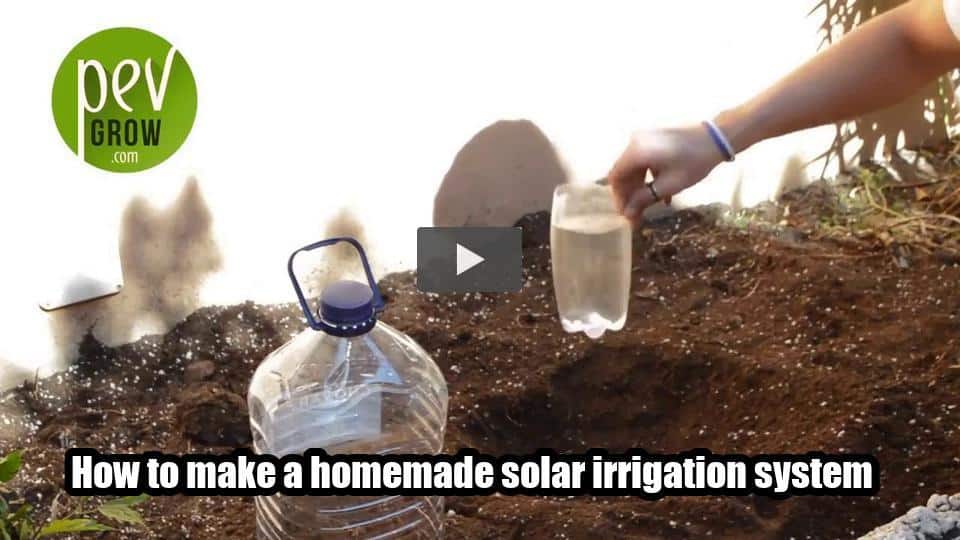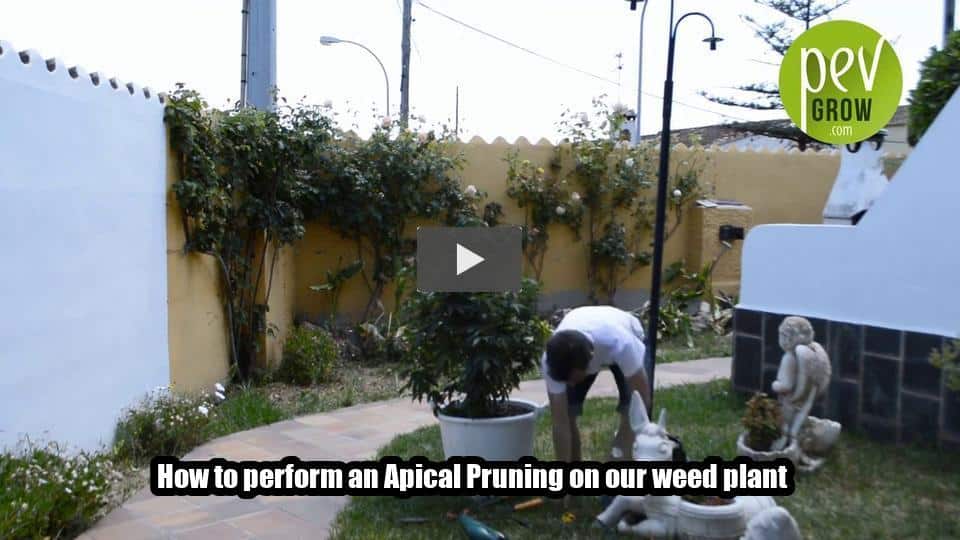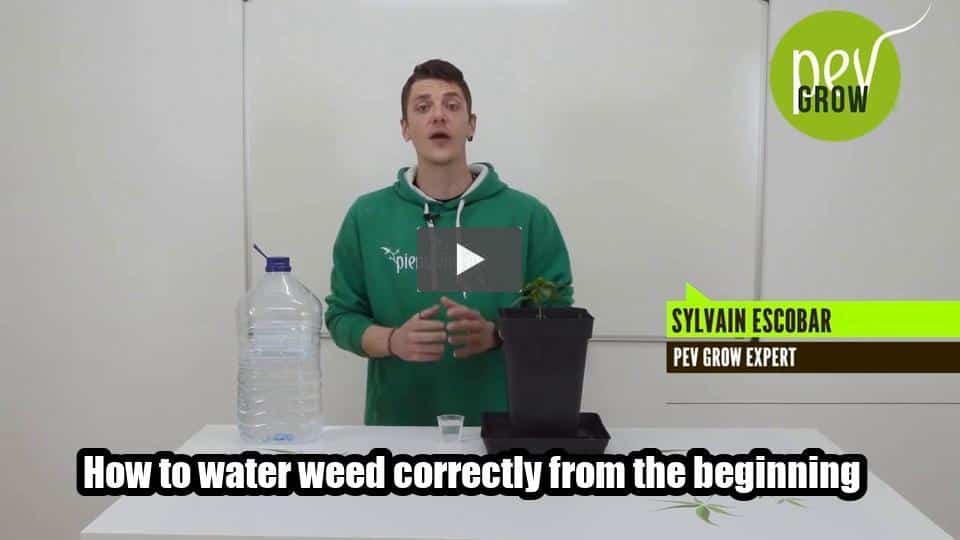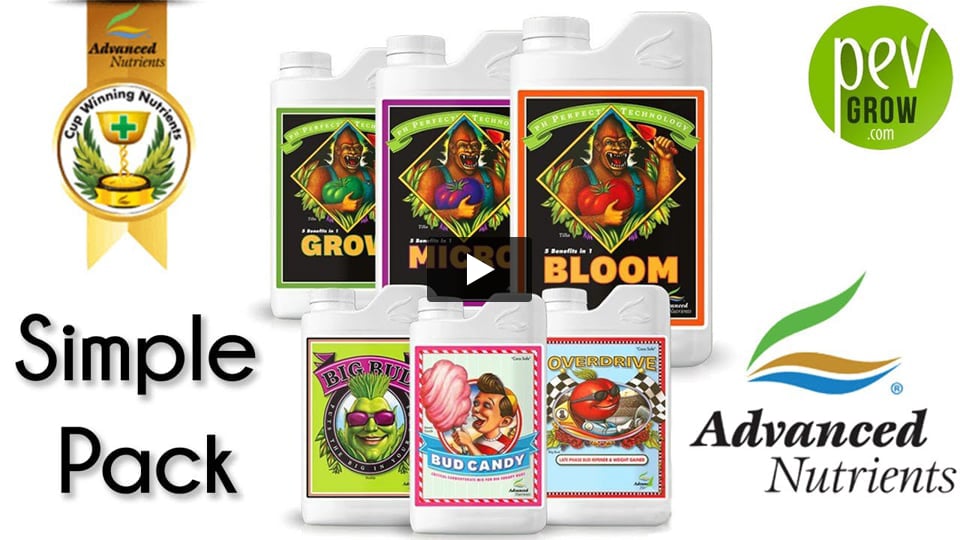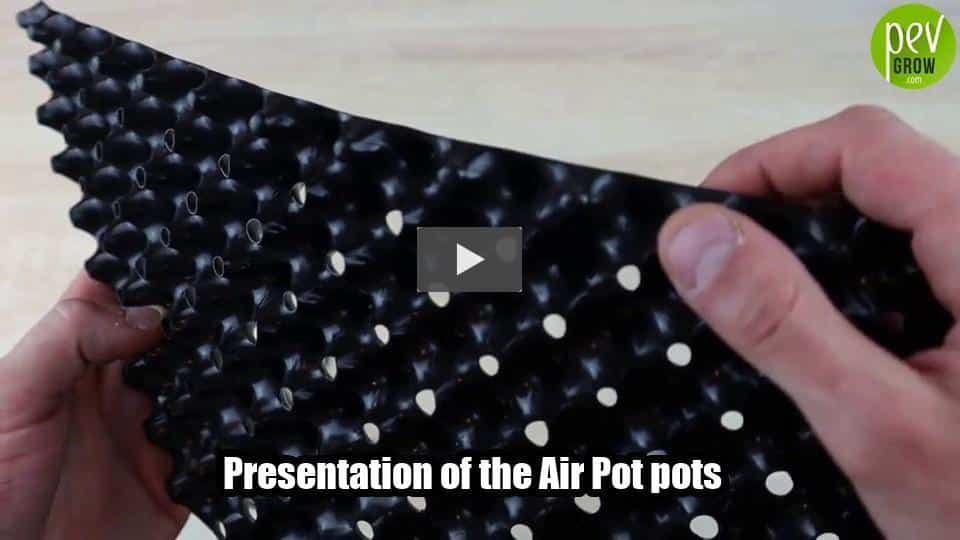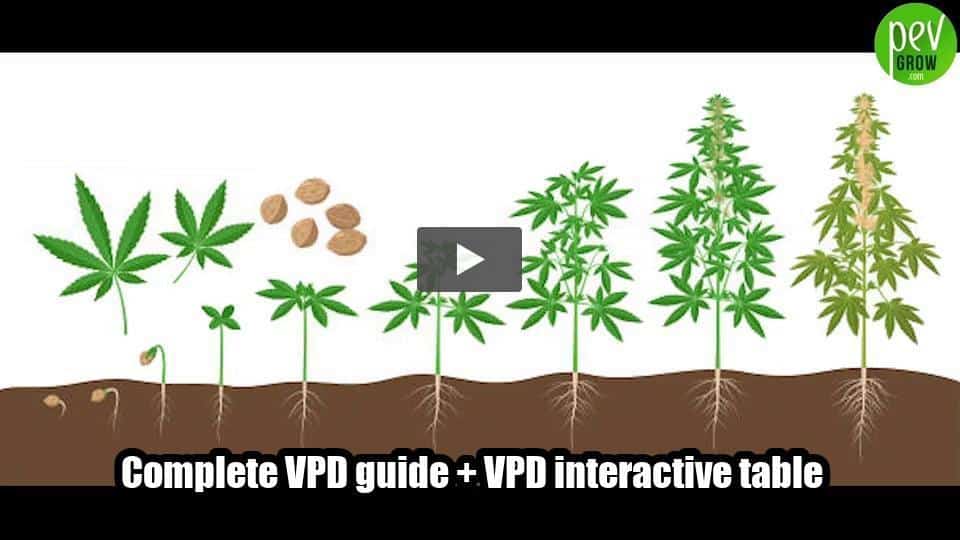
This video provides an overview of Vapor Pressure Deficit (VPD) and its importance in optimizing temperature and humidity for plant growth, with detailed calculations and ideal ranges for different growth stages.
And hello Growers, today, we have a short video to talk to you about VPD. VPD helps you identify the right range of temperature and humidity for your growing space. With VPD, you can achieve the best results while avoiding pest and environmental issues. VPD also controls the rate of transpiration, stomatal opening, CO2 absorption, and nutrient uptake in plants.
But what does VPD mean? It is simply the vapor pressure definition of about 78% nitrogen, 21% oxygen, and much smaller amounts of other gases, including water vapor. The amount of water vapor in the air, expressed as pressure, is called vapor pressure. Air can only hold a certain amount of water vapor at a given temperature before it starts to condense into liquid water in forms such as dew.
The maximum amount of water vapor that air can hold at a certain temperature is called the saturation vapor pressure (SVP). As the air warms up, the amount of water that the air can hold, and thus its SVP, increases. Conversely, as the air cools, the SVP decreases, meaning that the air will not be able to hold as much water vapor. This is why there is dew after a cool night; the air becomes too saturated with water, and the water condenses.
Similarly, the actual current amount of water vapor in the air is called the actual vapor pressure (AVP). That’s right! Relative humidity is just the proportion of water that the air currently contains compared to its maximum capacity. That’s why we talk about relative humidity. When AVP reaches SVP, any additional humidity will precipitate out of the air in the form of liquid water, such as dew or rain. VPD is therefore how much room there is in the air for more water vapor. Simple as that! Now you understand.
Step number one will be to determine the amount of VP. Next, we will need to calculate the VPD of the air. However, since the inside of a plant is water, plants experience a VPD different from the environmental VPD. If you really want to understand what is happening with your plant, you need to take into account the cooling effect of water evaporation as it leaves the leaves.
To calculate this, you need to know the difference between the air temperature at the canopy level and the temperature of the leaves. So, to measure the leaf temperature, I recommend buying a small read thermometer that costs less than 20 euros on Amazon and does the job well. To determine the leaf VPD, you will need to determine the air SVP using the same formula as for obtaining the air SVP. Next, you will need to determine the leaf SVP; it’s the same formula as for air SVP, but you use the leaf temperature in your calculation. Then, you just need to perform this calculation.
Now, we will see why VPD is very important. Every grower is supposed to know that VPD is the most important parameter for achieving good results in their growing space. VPD influences five key elements that are all pillars:
- It will affect stomatal opening. As VPD increases, the stomata become smaller.
- It will also affect CO2 absorption. As VPD increases and the stomata become smaller, CO2 absorption decreases.
- It will also influence transpiration. As VPD increases, the plant transpires more quickly due to the difference in vapor pressure between the leaf and the air.
- It will affect nutrient uptake by the roots. As VPD increases and transpiration increases, the roots absorb more nutrients.
- Finally, it will affect plant stress. As VPD increases, there is more force acting on the plant from the leaves to the roots, and the plant experiences more stress.
As you can see, there is a complicated trade-off between VPD and various factors. To achieve the best results, you will need to find the ideal VPD point for each stage of plant growth. Clones cannot withstand much stress as they are still trying to form roots; target higher humidity and VPD closer to the lower end of the general range. The ideal VPD for clones is around 0.8 kPa.
In the vegetative stage, plants are larger and more robust, so you can reduce the humidity in your environment to increase the VPD. This will increase water and nutrient absorption. You also don’t want to raise the VPD too much; this would lead to the closure of the plant stomata, forcing them to absorb less CO2. This is particularly important in the vegetative stage, as CO2 is the main ingredient that plants use to grow. The ideal VPD for the vegetative stage is close to the middle of the general range, around 1 kPa. For the flowering stage, the ideal range is closer to the upper end, between 1.2 and 1.5 kPa.
Now I will show you an interactive chart that will automatically calculate the correct VPD based on your parameters. So, here is what the chart looks like: as you can see, you can choose your growth stage, then you can choose to display the temperature in Celsius or Fahrenheit. The most important thing will be to enter the value of the temperature difference between the leaf surface temperature and the air temperature at the canopy level.
For clones, it should be between 0.6 and 0.8 kPa; in growth, it should be between 0.9 and 1.1 kPa maximum. If I change the leaf temperature difference, you can see that the chart adjusts, and for flowering, it indeed suggests a range between 1.2 and 1.5 kPa. Here are the different ways to change your VPD.
I hope you enjoyed this short video! If so, feel free to check out Pevgrow’s website and join our Discord servers.
